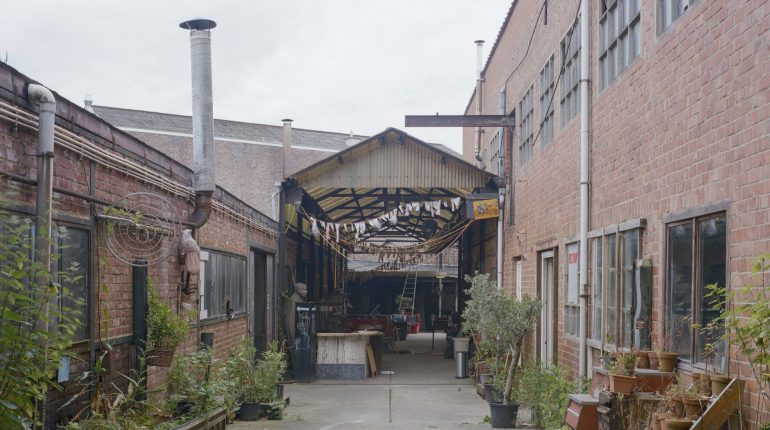Every empty building or plot of land in the city poses a problem. Whether this is due to owners unable to renovate, projects taking too long or property speculation, many buildings in Brussels remain unoccupied. The BMA maintains that it is essential to consider these spaces as a fully-fledged resource, and use for temporary activities is the perfect way to reclaim them.
Temporary use can take place in any type of building, whether an office, a home or even a church. Open spaces such as squares and wasteland can also be temporarily occupied. The initiative may come from convinced owners or from civil society. The BMA maintains that vacant buildings should be made available to meet pressing needs, such as emergency accommodation or space for artists.
While temporary use makes it possible to offer a use for a vacant space, it also makes it possible to test on a real scale, to prefigure desired and future uses and thus to refine and influence the programme of requirements for the definitive project that will follow. The BMA’s aim is to support an occupation that will allow uses that are as much a response to the project as to the building to continue. As a result, there is more talk of transitional urbanism. In order to ensure that the programming of projects is more in line with existing needs and desires, the BMA is encouraging project developers to systematise temporary and transitional use.
While temporary use is no longer a marginal practice in Brussels, it is being extended across the territory thanks to a dynamic of innovative activists and daring project owners who have decided to test temporary activities on a larger scale and over a longer term. In addition, the Brussels-Capital Region has set up a desk to facilitate the transfer of knowledge.
